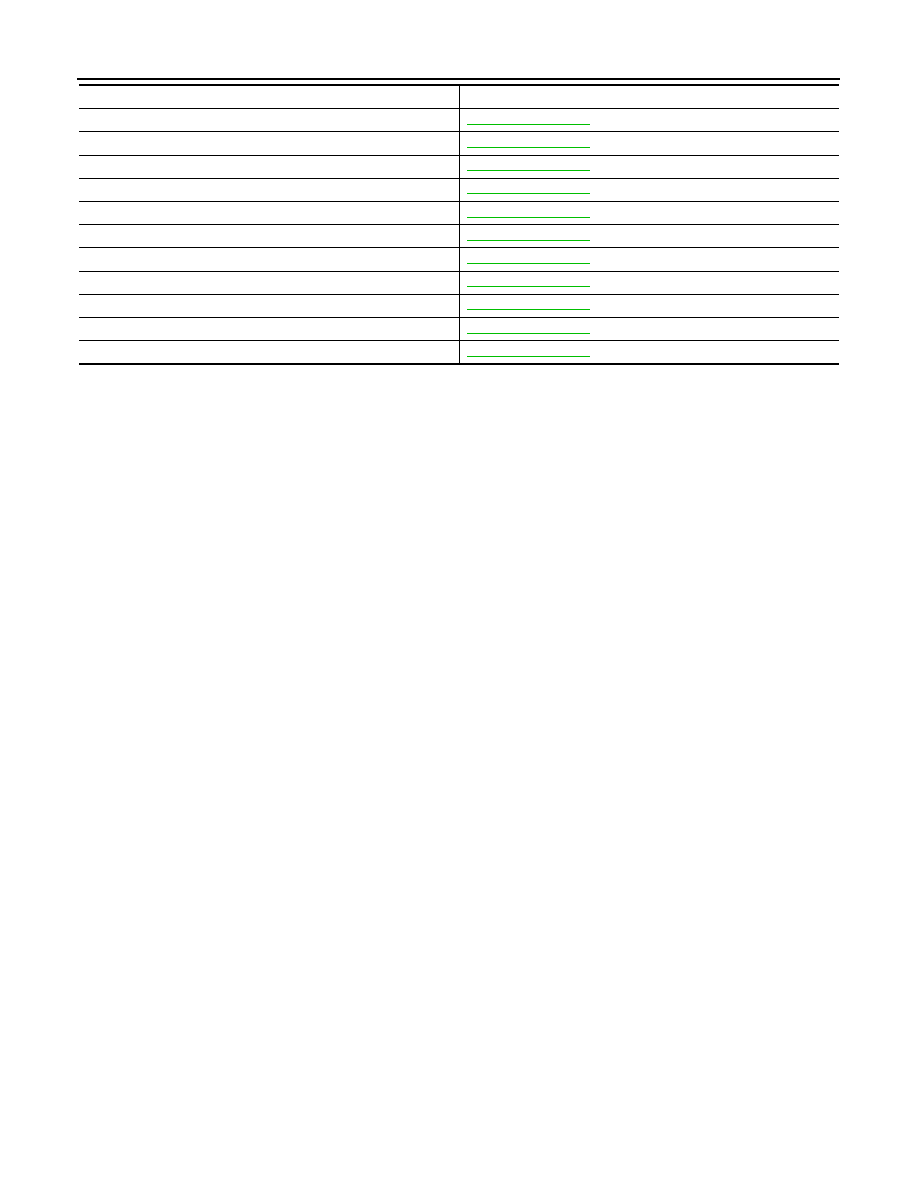содержание .. 481 482 483 484 ..
Nissan Murano. Manual - part 483

EC-42
< SYSTEM DESCRIPTION >
[VQ35DE]
ENGINE CONTROL SYSTEM
PCV valve
Power steering pressure sensor
Power valves 1 and 2
Refrigerant pressure sensor
Stop lamp switch
TCM
Throttle control motor
Throttle control motor relay
Throttle position sensor
VIAS control solenoid valve 1
VIAS control solenoid valve 2
Component
Reference